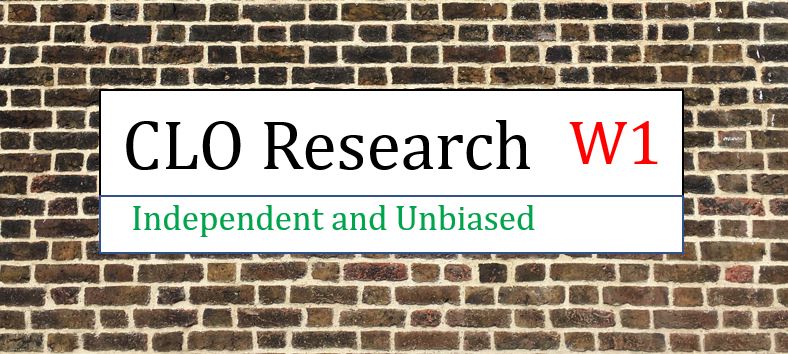Historical Pricing of US BSL CLO BB Tranches Across Various Market Conditions
To provide context for the DM (discount margin) figures, consider the following: when the spread of the 4-week Morningstar LSTA U.S. B/BB Ratings Loan Index ranged between 390 and 420 basis points (bp) – which aligns with today’s level – the average pricing for the BB tranche was at 699 bp, with the median at 701 bp, as shown in the table below. This data is derived from a sample of 503 deals, managed by 20 US BSL managers, spanning from 2012 to 2023.
